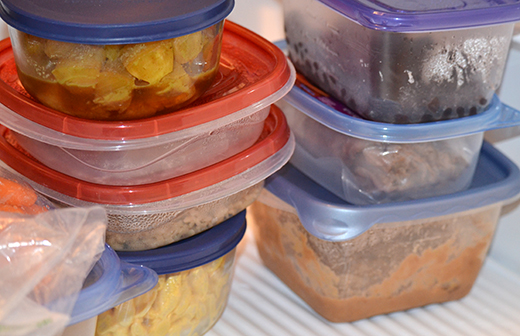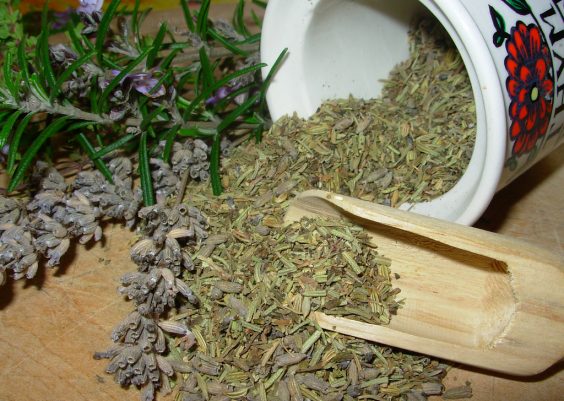
Credit
Gentl and Hyers for The New York Times. Food stylist: Maggie Ruggiero. Prop stylist: Gozde Eker.
When people want to communicate that a food has the potential to take off — to flood restaurant menus and recipe blogs, to drive grocery sales and anchor lines of packaged health foods — they’ll often insist that it’s “the next kale.” It probably isn’t; kale’s triumph in the United States is exceptional. In a recent article for the online magazine Taste, the writer Mari Uyehara traced kale’s kaleidoscopic success — from relative obscurity as an Italian cooking green to chain-restaurant salads to the diets of millions of Americans — back to the fall of 2007.
That’s when Joshua McFadden was working as the chef de cuisine at Franny’s, a pizzeria in Brooklyn, and improvised a new dish using the raw dark leaves of lacinato kale. The vegetable, with roots in the Mediterranean, was typically cooked to break down its network of tough fibers, and it was still fairly unusual, though not entirely unheard-of, to serve it raw. McFadden rolled the kale tightly to make a chiffonade, cutting it into thin, delicate strips measuring 1/16 of an inch wide, and marinated these with garlic, olive oil, lemon juice and cheese. It was a low-key dish on a low-key day, but it became a part of American restaurant mythology all the same, because it wasn’t long afterward that the kale salad ascended to fame and kale, once an esoteric green, went mainstream.
In his cookbook “Six Seasons: A New Way With Vegetables,” published last May, McFadden includes a recipe for the dish and calls it “The Kale Salad That Started It All.” I’d had the salad, and in the following years I had my fill of its rough, endlessly chewy imitations — too often made with thick, ancient leaves. It had the effect of putting me off kale altogether, especially when it was served raw. When I spent a few weekends last year cooking from McFadden’s book, propelled from one recipe to the next, I was careful not to brush up against a single bunch of the stuff.
This was easy. I made the fava beans on toast. The celery dressed with minced anchovies and raisins. The buttery walnut crostata filled with chard and ricotta. His instructions were loose but sharp-eyed, with constant reminders that a wide range of possibilities exists for every vegetable. Celery, for example, could be dressed raw, or it could be braised with olive oil and white wine, or it could be simmered with vegetable stock and blended into an unexpectedly luxurious soup. Every vegetable could shine, not in the limited ways you expected them to, but in many ways.
As winter started to creep in, later than usual, and hardy greens took over the market stands in Brooklyn, I turned increasingly to McFadden’s suggestions for what to do with collard greens (stew them with beans and chiles and an old, dried-out rind of cheese). And kale. I’d nearly forgotten that kale wasn’t only a hyperbolic pitch or a lazy headline; that it was a reliable, cheap green that made for good eating, especially when it was cooked — until I followed McFadden’s recipe for a kale-centric pasta sauce.

Credit
Gentl and Hyers for The New York Times. Food stylist: Maggie Ruggiero. Prop stylist: Gozde Eker.
I was drawn in by the simple technique: You pull lacinato kale leaves from their pale, woody ribs and blanch the greens in salted boiling water, just until they are tender. Then you whir the dripping-wet kale in a blender with some garlic and the olive oil that the garlic was fried in and season it all with salt and pepper. The kale, puréed this way, turned a vivid green — a sunny almost neon green. It appeared glossy and completely smooth, and it tasted sweet and mellow. Tossed with pasta, grated Parmigiano and a little extra pasta water, it loosened up, becoming very nearly creamy. And it was done in the same amount of time it would take to make a salad.
“It’s a very simple way to convey new olive oil and a winter green,” McFadden told me on the phone. “It’s an unexpected flavor in the dead of winter.” McFadden left New York years ago and opened Ava Gene’s, his own restaurant, in Portland, Ore. He devoted himself to the growing and cooking of so many other vegetables, but still, somehow, reporters were calling him and asking about kale. I wondered if he was tired of talking about it. “Sure,” he said gently. “Wouldn’t you be?” I saw his point. And I asked if he used other varieties of winter greens to make the same sauce, thinking that this way I might write about something else. But his answer was firm. “I would never make this with anything else,” he said. “It wouldn’t make sense.”
Continue reading the main story





